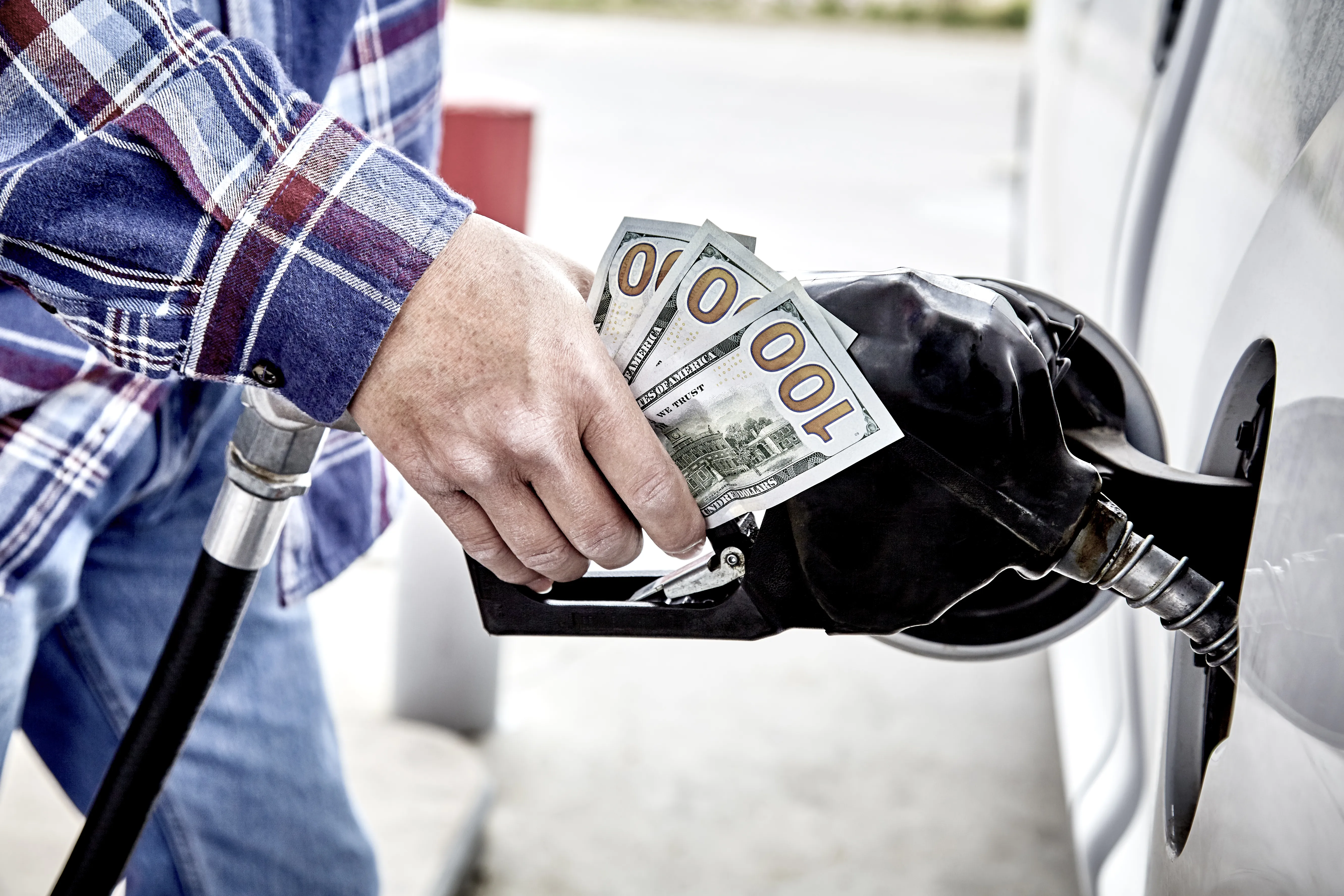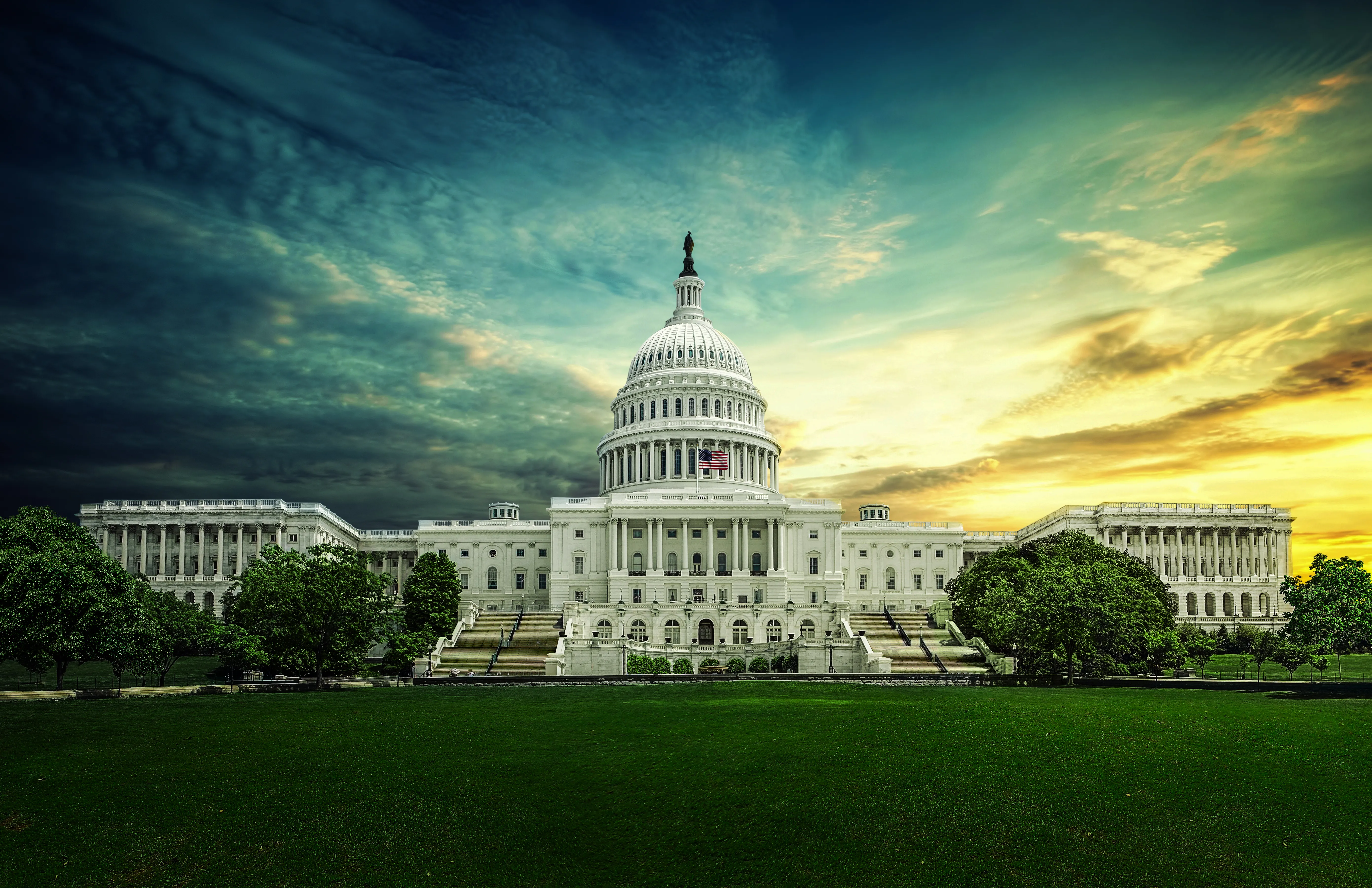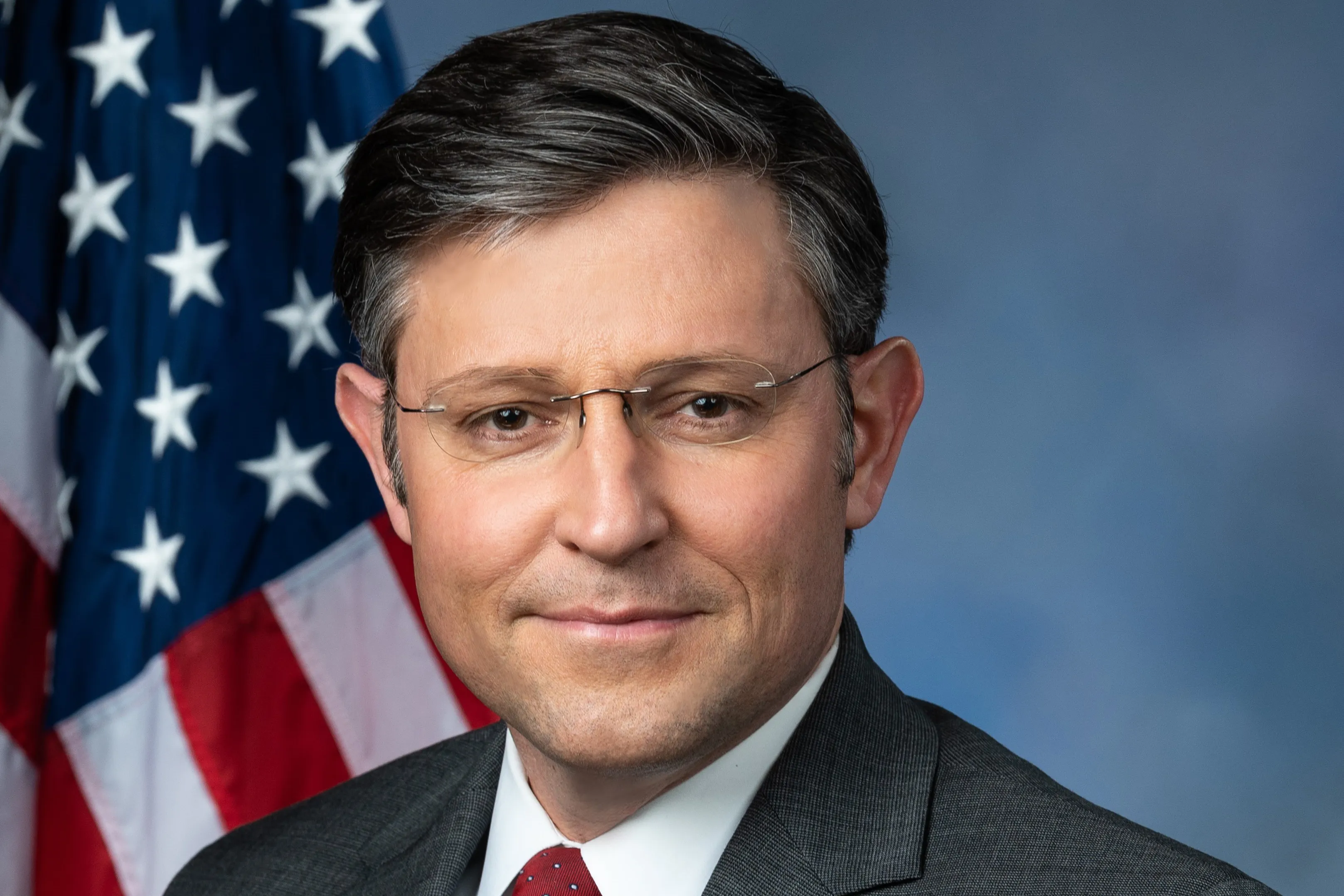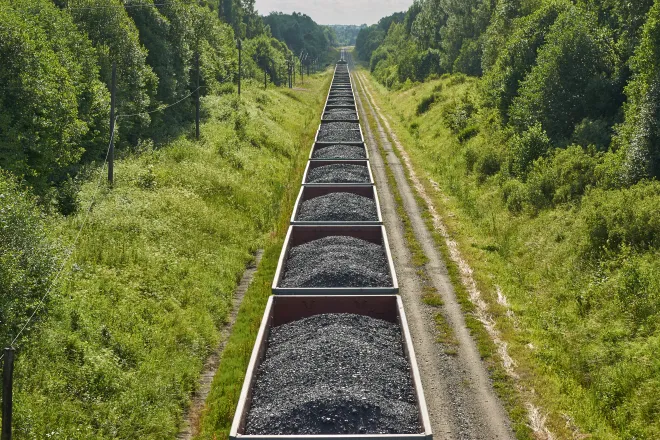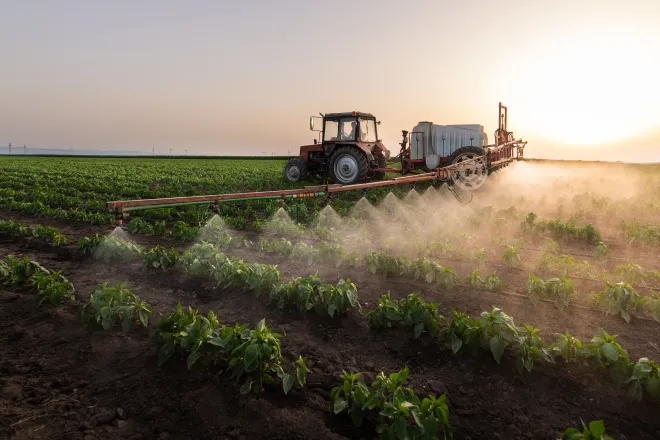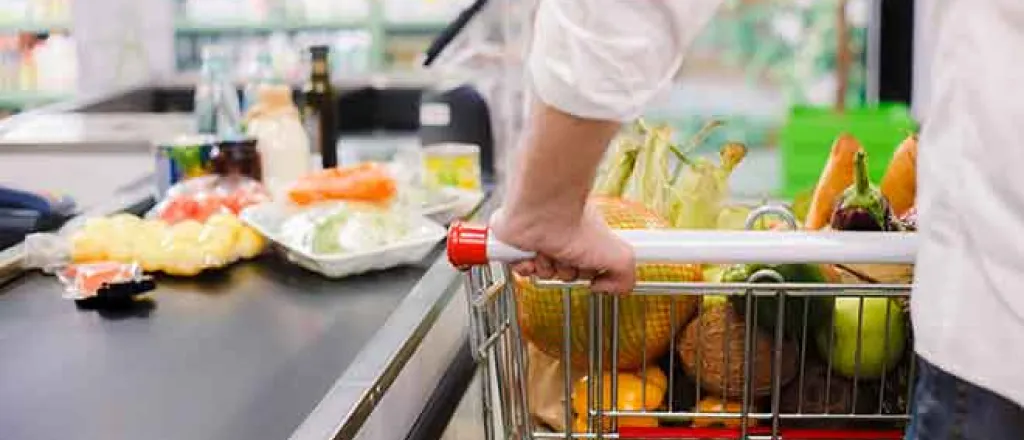
Food insecurity looms amid inflation, end of COVID era supports
(Maryland News Connection) The issue of charity around meals is a common theme during the holidays, though this year the prospect of a sudden drop-off in federal benefits has hunger advocates worried.
The federal government's response to the pandemic saw Supplemental Nutrition Assistance Program benefits increased, so anyone in the program got the maximum benefit for their household size. The likely end of the current federal health emergency sometime next year will bring with it a reduction in food support for thousands of people.
The increased benefits have been one of the more enduring parts of federal government stimulus programs since the pandemic began.
Michael J. Wilson, director of Maryland Hunger Solutions, said the state has seen a large economic benefit from the program.
"Over the course of the pandemic more than $2 billion dollars has been spent in Maryland through the SNAP program," Wilson pointed out. "And if you think of the impact that has not just on low-income folks, but on grocery stores, on farmers markets, on corner stores, it's infused our entire economy."
Maryland Hunger Solutions estimates every dollar in SNAP benefits spent in the community generates $1.85 in local economic activity.
The SNAP program is revised in the Farm Bill, which is approved every five years and is due to be negotiated in Congress next year. Wilson sees the upcoming debate over the bill as an opportunity for advocates to educate legislators on issues of food insecurity and equity.
One example he cites is how SNAP recipients cannot buy a hot pizza or rotisserie chicken in a grocery store, but could buy frozen ones. Wilson wants to see the policy changed as it does not take into account people in different circumstances.
"There are some folks who may be seniors, who may be disabled, or who may be homeless and to tell them you have to buy the frozen chicken, and not the rotisserie chicken doesn't recognize the changes that exist in society or in the retail sector," Wilson contended.
In November the U.S. Department of Agriculture estimated the level of food price inflation at grocery stores to be at least 11% in 2022. While the forecast predicts inflation slowing in 2023, they anticipate grocery prices will still rise another 3% next year, and Wilson added people in need will continue to rely on a spirit of generosity.
"I want that spirit of charity to extend beyond just the holidays," Wilson remarked. "I want that spirit of charity to focus on how we can deal with food insecurity in a sustainable way, and not just a single meal, so that we can make sure that we really are focusing on addressing food insecurity."




